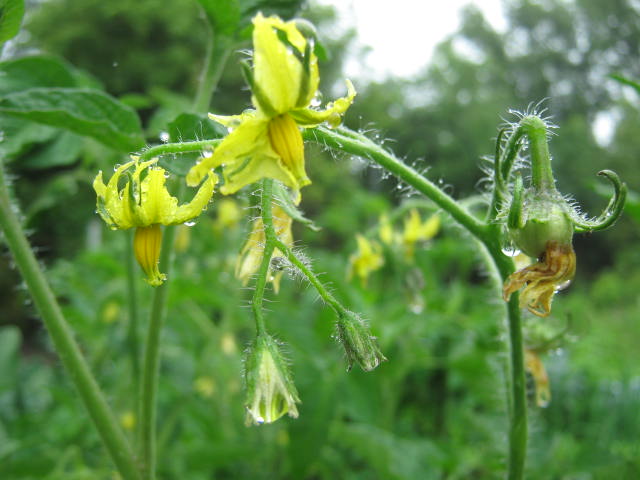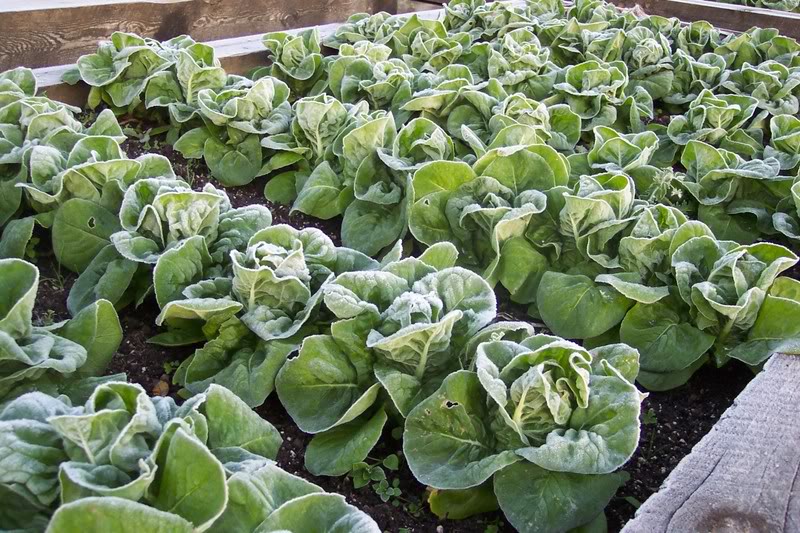I don’t have to tell you we’ve had more rain than usual this gardening season in southeastern Michigan. Some locations, like my garden, have had significantly more rain than the official reporting stations because of localized heavy down pours. Don’t be surprised if you see a higher proportion of misshapen tomatoes in your garden this year be cause of this.
If you’ve grown tomatoes for any length of time, I’m sure you’ve picked your share of distorted tomatoes.
You may remember from your high school biology class that a tomato develops from the female parts of a flower — the ovary and ovule. Under good weather conditions the tiny, newly formed tomato grows and matures normally. But when the weather doesn’t cooperate, tomatoes can develop a number of different problems.
Tomatoes that have distorted areas with rough, brown edges are called “catfaced”. Although they are safe to eat, they don’t look very attractive. Catfacing is most often caused by flower petals sticking to the ovary just as the tomato begins to form. Rainy, damp weather keeps the petals from drying completely and separating from the rest of the flower.
“Zippering” is another related condition caused by damp weather. The symptom is, a long, rough, thin brown scar running longitudinally — north pole to south pole — on the skin of a tomato. It’s caused by the anther, the male part of the flower, adhering to the young fruit as it grows.
Sometimes an open locule forms along with zippering. A locule is a chamber inside the ovule that produces the fruit part of the tomato. An open locule is also called an “open hole”. It shows up as a dry, brown hole or depression on surface of the tomato.
Those over-sized, distorted tomatoes that look like two or more tomatoes merged into one, are also caused by poor weather during flower development.
Some varieties are more prone to these disorders than others — the “Beefsteak” varieties being one common example.
I should stop here and mention “blossom end rot”. It is not related in any way to these disorders but is caused by inefficient movement of calcium inside the tomato. That is a discussion for another blog.
Distorted tomatoes can also be caused by high soil nitrogen, excessive plant pruning, exposure to herbicides and tomatoes rubbing against one another.
As the weather straightens out, tomatoes forming later in the season will have fewer catfacing and zippering symptoms at maturity.
Bob



